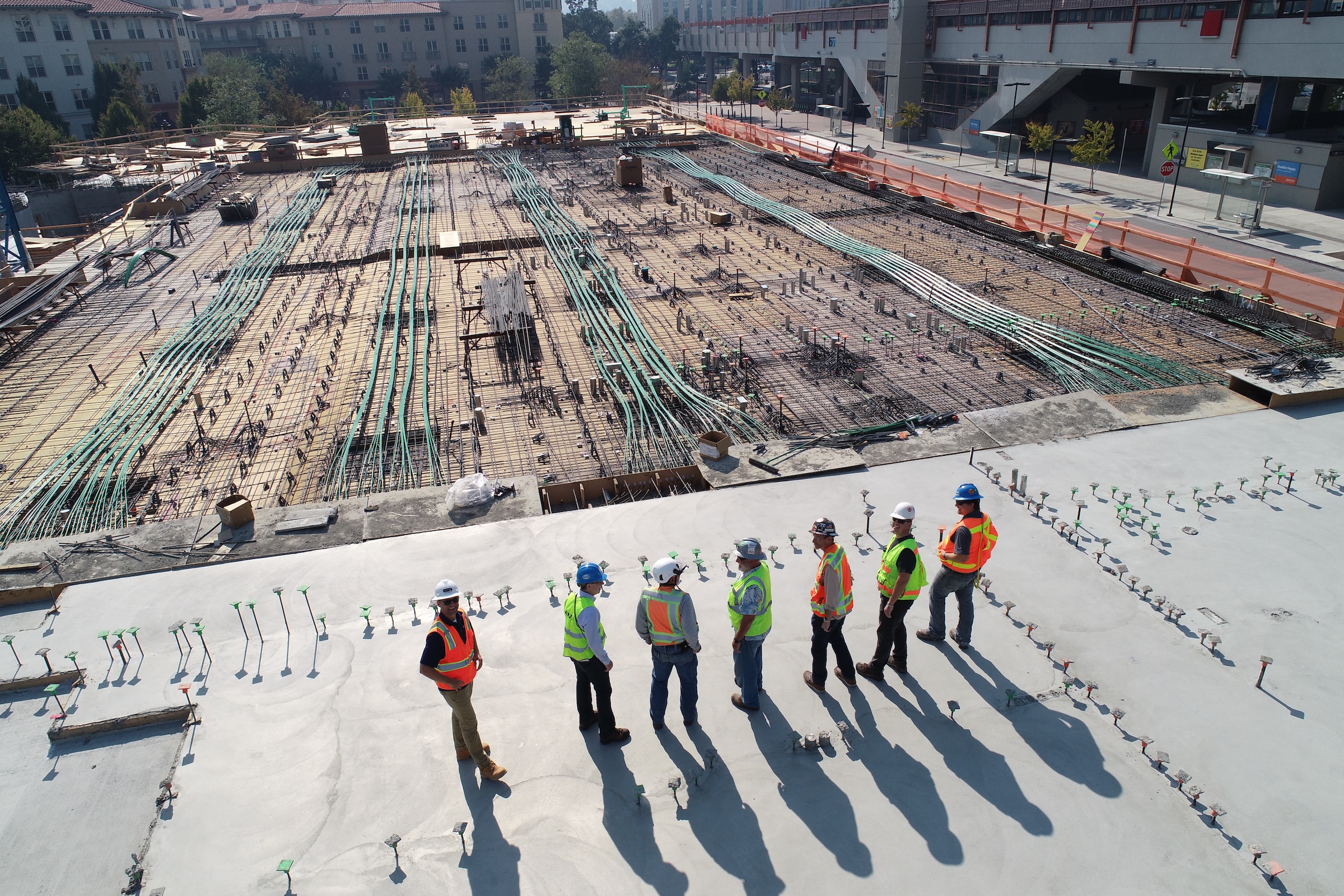Farm building construction has come a long way, with steel now playing a pivotal role in shaping the agricultural landscape. This revolution in construction material selection is not by chance; it’s the product of several compelling advantages steel provides, ranging from cost-effectiveness to resilience. Here’s an exploration into the world of steel farm buildings and its innovative uses.
The Steel Advantage: Strength and Durability
At the heart of steel’s rising popularity in farm building construction lies its exceptional strength and durability. With its inherent toughness, steel can withstand adverse weather conditions, from high winds to heavy snow. The material’s longevity is another noteworthy attribute. Unlike wood or concrete, steel structures are resistant to mould, termites, and decay, guaranteeing a long lifespan with minimal maintenance required.
A Friend to the Environment: Sustainability of Steel
Equally important as durability in today’s world is sustainability. Steel, often regarded as the ‘green’ building material, fits this bill perfectly. Its recyclability stands out, as it can be recycled endlessly without losing any quality or strength. Plus, the manufacturing process of steel is becoming increasingly energy-efficient, reducing its carbon footprint significantly.
Easing Construction Woes: Pre-Engineered Steel Buildings
The use of pre-engineered steel farm buildings is a trend shaping the future of farm construction. These structures are designed and fabricated off-site and then assembled on-site, saving construction time and reducing labor costs. Moreover, steel’s versatility allows it to cater to a range of design needs, offering a myriad of options for customization.
Steel Sheds Light: Natural Lighting Solutions
Innovative design techniques can enable steel buildings to take advantage of natural light, improving energy efficiency. Strategic placement of windows, translucent panels, and skylights can usher in ample daylight, reducing dependency on artificial lighting. This approach can result in significant energy savings, contributing positively to the farm’s operational costs.
Steel and Insulation: A Winning Duo
Insulating steel buildings can effectively regulate temperature, providing a comfortable environment for livestock and storage items. Insulation materials such as fibreglass, spray foam, or reflective foil can work in harmony with steel structures, enhancing their thermal performance. This combination can minimize heat transfer, maintaining an optimal climate inside the building.
Advancing Automation in Steel Structures
Automation is progressively making its way into farm buildings, and steel structures are no exception. Automatic doors, climate control systems, and feeding mechanisms can be seamlessly integrated into steel buildings, boosting their functionality. Such additions can enhance farm productivity and reduce labour-intensive tasks.
The Affordability Factor: Cost Efficiency of Steel
Contrary to common belief, steel buildings are cost-effective in the long run. While the initial investment may seem steep, the longevity and minimal maintenance of steel structures offset the initial cost. Moreover, pre-engineered steel buildings further bring down construction cost by reducing labour and material wastage.
Conclusion: Steel Sets the Stage
It’s evident that steel is revolutionizing farm building construction thanks to its strength, durability, flexibility, and affordability. Add to these its sustainability credentials, and it’s clear why it has become a material of choice in the sector. Looking ahead, the role of steel in farm building construction is only set to grow, making way for a sustainable, efficient, and technologically advanced agricultural sector.
Photo by Scott Blake on Unsplash








